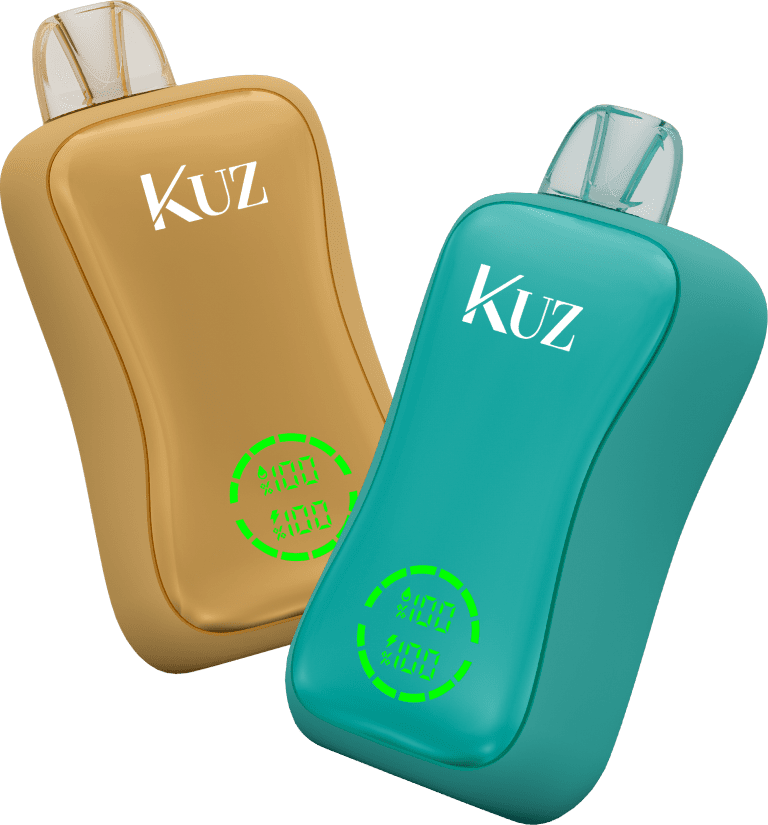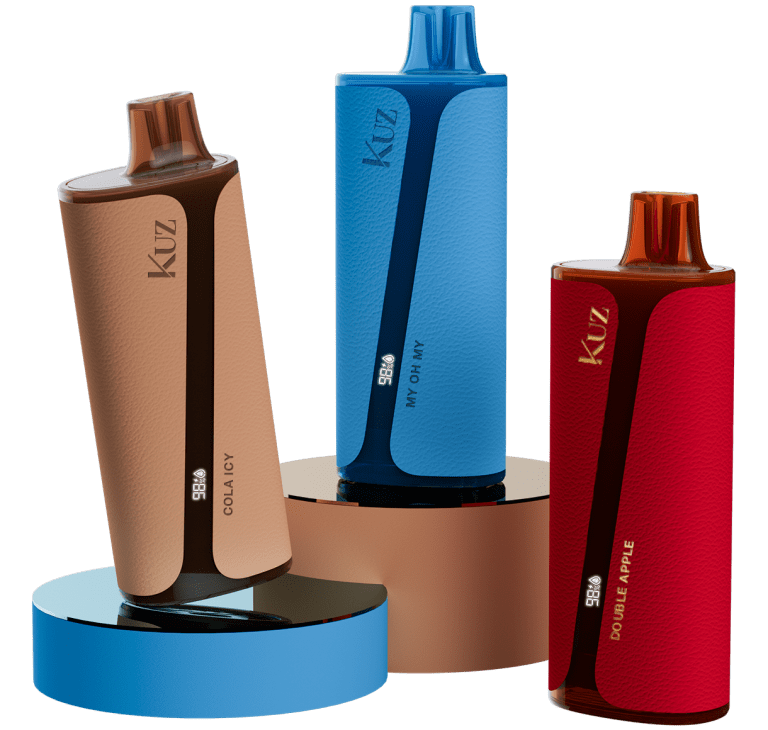Breastfeeding is a vital part of nurturing a newborn, providing essential nutrients and fostering a deep bond between mother and child. However, for mothers who vape, there are significant concerns about the safety and potential risks associated with vaping while breastfeeding. This article explores the current understanding of the effects of vaping on breast milk, the baby, and the best practices to ensure both mother and child remain healthy.
The Risks of Vaping While Breastfeeding
Vaping, especially when using e-liquids containing nicotine, introduces several potential risks to both the breastfeeding mother and her infant. Nicotine is a well-known stimulant that can transfer into breast milk, potentially affecting the baby’s development. Research indicates that nicotine exposure through breast milk can lead to increased heart rate, blood pressure, and a higher risk of respiratory issues in infants.
Beyond nicotine, vaping liquids contain various chemicals, including flavorings and preservatives, whose long-term effects on infants are still not fully understood. The aerosols produced by e-cigarettes can contain harmful substances such as heavy metals and volatile organic compounds, which could pose additional risks when passed through breast milk.
Is Vaping Without Nicotine Safe?
For mothers who find it challenging to quit vaping, nicotine-free e-liquids might seem like a safer alternative. While vaping without nicotine may reduce some risks, it is not entirely risk-free. The process of vaping still involves inhaling aerosols that contain other potentially harmful chemicals. These substances could also make their way into breast milk, albeit at lower levels than nicotine. Experts generally recommend caution and suggest limiting or avoiding vaping altogether during breastfeeding to ensure the baby’s safety.
Secondhand Exposure to Vaping
Another critical consideration is the risk of secondhand exposure. Even if a mother vapes away from her child, the lingering particles and chemicals in the air can still pose risks. Infants exposed to secondhand vape may experience respiratory problems and other health issues. Therefore, it is crucial to maintain a smoke-free environment, both indoors and outdoors, to protect the baby from these potential harms.
Best Practices for Vaping Mothers
For mothers who continue to vape, there are several precautions to minimize risks:
- Timing Matters: If you vape, wait at least 2-3 hours before breastfeeding to allow nicotine levels in your milk to decrease. This waiting period can help reduce the amount of nicotine your baby might ingest.
- Practice Good Hygiene: After vaping, change your clothes and wash your hands thoroughly before handling your baby. This practice helps minimize the risk of nicotine and other chemicals transferring to your baby through skin contact.
- Consider Nicotine Replacement: If quitting vaping seems too challenging, consider using nicotine replacement therapy (NRT) products like patches or gum, which are considered safer alternatives while breastfeeding. These products can help reduce nicotine exposure to your baby.
- Consult Healthcare Providers: Always discuss your vaping habits with your healthcare provider. They can provide personalized advice and support to help you quit or minimize risks while breastfeeding.
The Importance of Quitting
Ultimately, the best way to protect your baby from the potential risks of vaping is to quit altogether. Quitting not only eliminates the risk of nicotine and chemical exposure but also contributes to overall better health for both mother and child. There are numerous resources available, such as support groups and quitlines, to help mothers successfully stop vaping.
Conclusion
Vaping while breastfeeding is a complex issue with potential risks that should not be ignored. While nicotine-free vaping might seem like a safer option, the lack of conclusive research on the long-term effects of other vaping chemicals suggests that caution is warranted. Mothers who vape should consider the potential impacts on their baby and take steps to reduce exposure, including timing breastfeeding sessions, practicing good hygiene, and seeking alternatives like NRT. Quitting vaping entirely is the safest course of action to ensure both mother and baby’s health and well-being.
By being informed and cautious, you can make the best choices for your baby’s future while navigating the challenges of motherhood.



